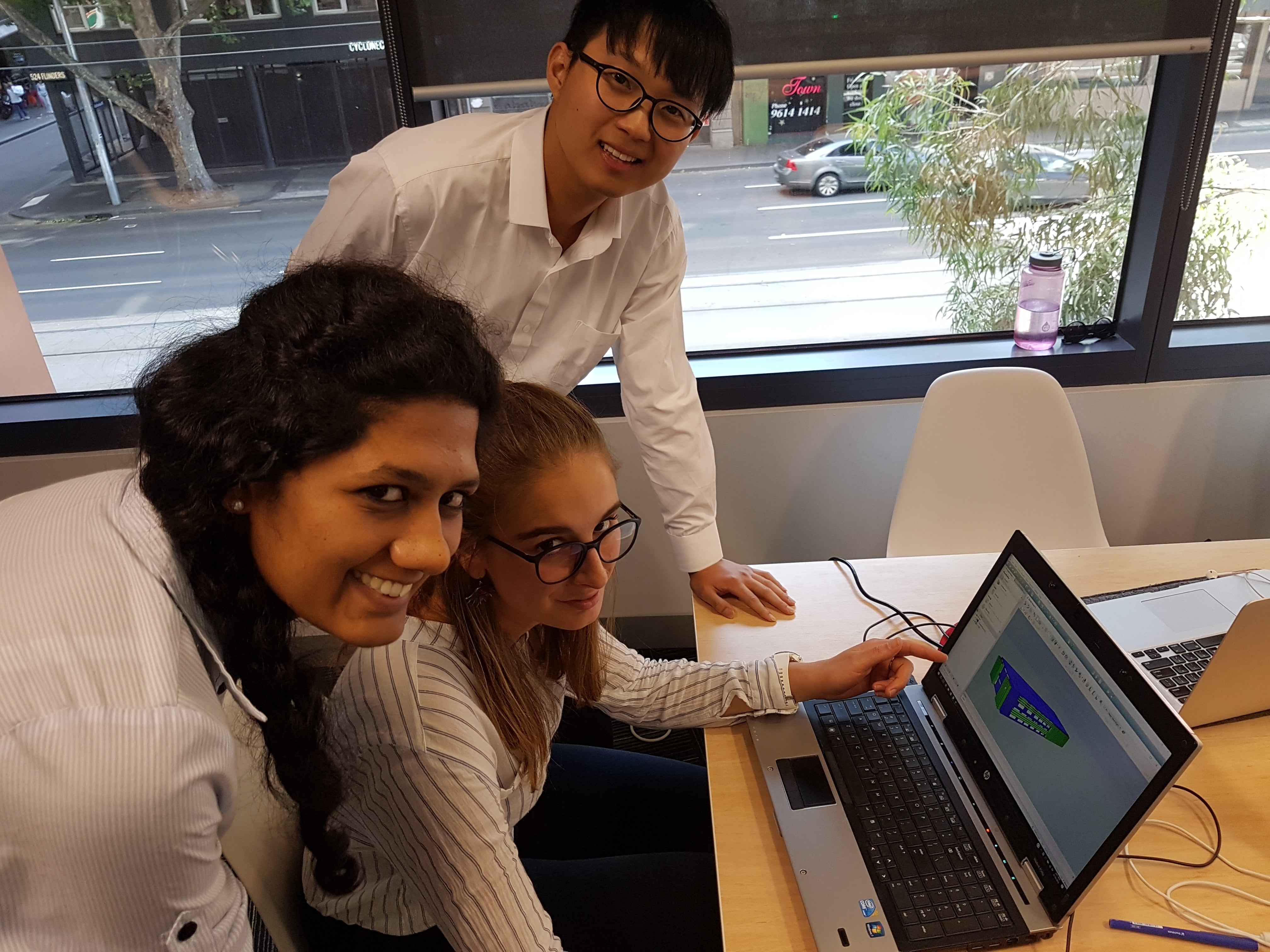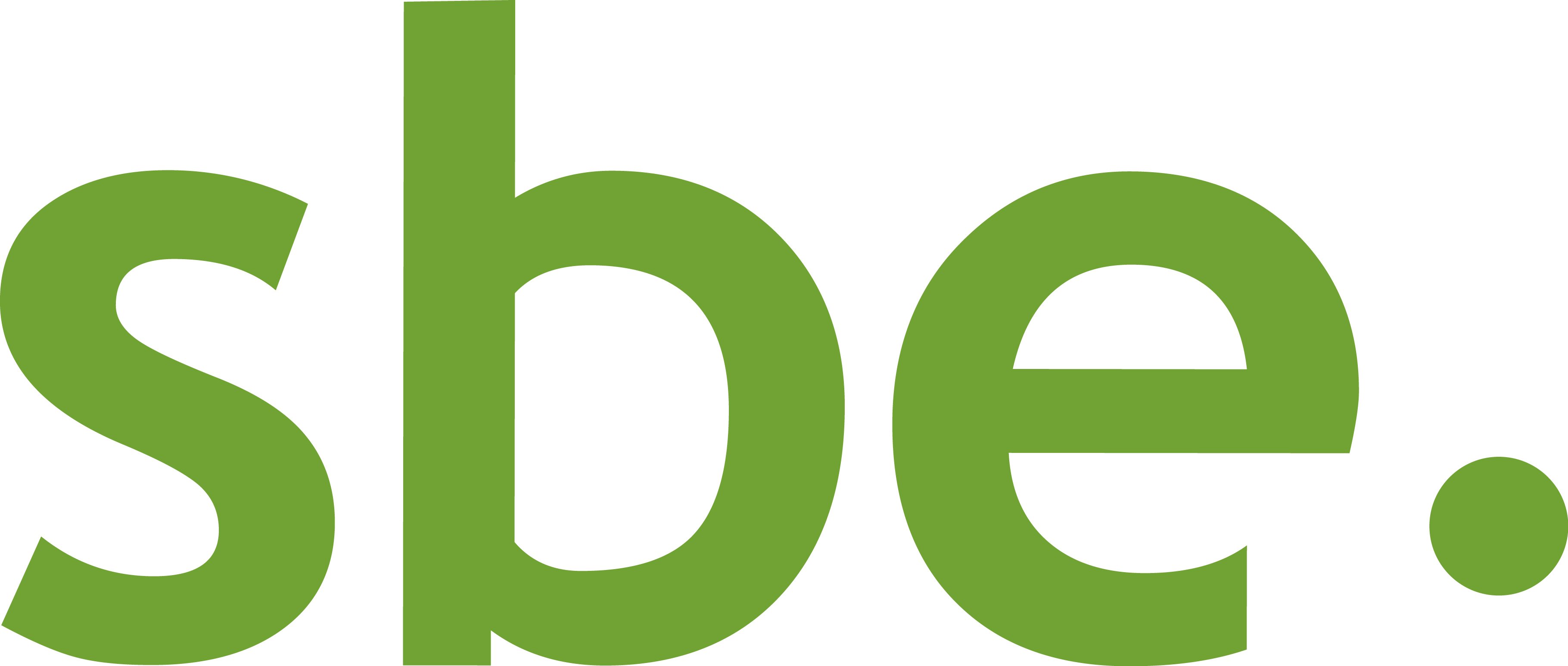A quick update about what we have been up to…
Poornima reporting:
This week we were a bit relaxed after submitting our design for the competition. We were given different topics related to passive cooling techniques, to prepare a research paper on. I researched about night-sky cooling. Also, we presented our papers next day, as to have a better understanding about them. It was interesting to learn about the ways buildings can be cooled naturally, with minimum active components. A new software IES-Virtual Environment (VE) was introduced to us, which is a suite of building performance and applications. It is used to test building performance, identify passive solutions, draw conclusions on energy use and occupant comfort. Today, we started learning about ladybug and honeybee on grasshopper on Rhino, which are commercial 3D graphics and computer aided design application software. We will continue learning them next week also. Learning all these tools, would benefit me with my university curriculum as well as career wise.

Leah reporting:
The deadline of the design competition was Monday 4pm, and we submitted our design at 3.57pm. It was stress inducing but we’re all so glad to have successfully submitted our first design competition! Moving on, this week we designed an office building and have been learning how to use IES (Integrated Environmental Solutions) software to analysis the buildings’ performance thresholds such as: thermal properties and daylight factor. Learning how to use IES has been complicated, as it seems to be a program where you need to follow its rules exactly, but the analysing power it has is incredible! We’ve also completed a research paper on a passive thermal regulation system and presented it as if we were convincing a client to install it during a meeting. Mine focused on Thermal Labyrinths, which are the most common de-coupled or ground-coupled thermal mass regulation systems. Today we’ve just started looking into the Honeybee and Ladybug plugins for Grasshopper on Rhino. Learning these ESD programs has been very educational and mind opening because most Architecture students wouldn’t get the opportunity.
Mark reporting:
Last week, we finally finished the design competition and submitted it on time. Then, each of us researched a different passive cooling system, and presented it in a meeting environment. This week, we learnt a new simulation software called Integrated Environmental Solutions (IES). IES is a very useful software in sustainable modelling and energy analysis. IES is often used by green building consultants and architects to evaluate the energy for buildings. I had trouble to use IES because this software has many icons and the different steps are hard to remember. I took notes and wrote some steps on my notebook for memorizing. Next week is the last week for our internship. we will learn some more skills on IES. We hope that we will have a better understanding of IES before the internship finishes.
Thinking about incorporating ESD initiatives into your next project?
Whether you are considering incorporating ESD initiatives into your next project, or you need to demonstrate a commitment to sustainable design to planning authorities, or you need Section J reporting for Building Permit, we would love to hear from you!
Explore


